Start fast, stay consistent, and see real results—all designed for those just beginning their fitness journey.

Cardiovascular exercise, or cardio, is one of the most effective ways to improve overall health—especially for beginners. It strengthens your heart, increases lung capacity, burns calories, and boosts energy levels. Unlike intense strength training or complex routines, cardio is accessible, scalable, and can be done almost anywhere.
Whether it’s brisk walking, cycling, swimming, or dancing, cardio helps improve circulation and supports long-term flexibility by enhancing blood flow to muscles and joints. The best part? You don’t need special equipment or a gym membership to get started.
Many beginners delay starting because they think they need perfect gear, a detailed plan, or a dramatic lifestyle change. But the truth is, the fastest way to succeed is to start simple and build momentum.
Starting fast doesn’t mean pushing yourself to exhaustion. It means taking action today, even if it’s small. Consistency beats intensity when you’re just beginning.
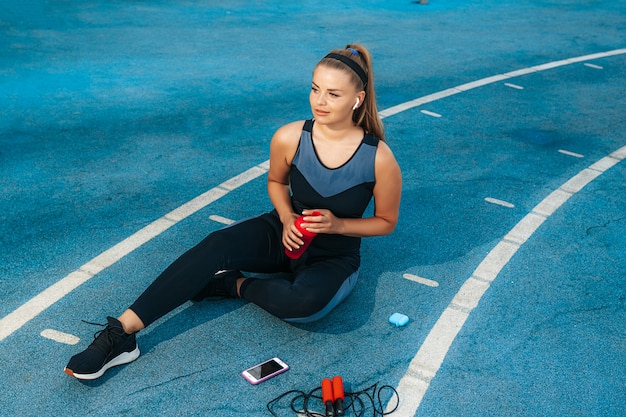
Motivation fades, but habits last. To make cardio a sustainable part of your life, focus on consistency over perfection.
Here’s how to stay on track:
Consistency builds endurance, improves flexibility over time, and trains your body to adapt to physical activity—making each session easier and more enjoyable.
While stretching is often linked to flexibility, cardio also plays a key role. Activities like walking, cycling, and swimming promote joint mobility and muscle elasticity by increasing blood flow and warming up connective tissues.
Dynamic movements in cardio—like arm swings during jogging or leg lifts while cycling—gently stretch muscles in motion, reducing stiffness and improving range of motion over time.
For even better results, pair your cardio with 5–10 minutes of post-workout stretching. Focus on major muscle groups: hamstrings, quads, shoulders, and calves.
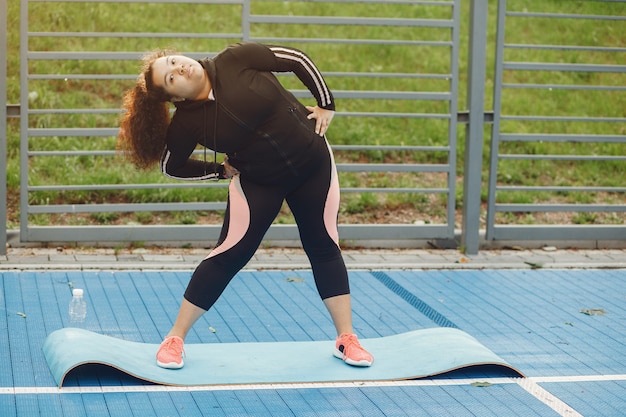
What gets measured gets improved. Tracking your progress weekly helps you see how far you’ve come and stay motivated.
Here’s what to monitor each week:
You don’t need fancy tools. A simple notebook or spreadsheet works great. Celebrate small wins—like walking an extra block or completing all planned sessions.
Here’s a balanced 7-day plan to get you started:
| Day | Activity | Duration |
|---|---|---|
| Monday | Brisk walk | 20 min |
| Tuesday | Rest or light stretching | 10 min |
| Wednesday | Home cardio (jumping jacks, high knees) | 15 min |
| Thursday | Rest | — |
| Friday | Brisk walk or bike ride | 25 min |
| Saturday | Dancing or active hobby | 30 min |
| Sunday | Stretching + reflection | 15 min |
Adjust based on your energy and schedule. The goal is progress, not perfection.
Cardio isn’t just about weight loss or endurance—it’s about building a healthier, more flexible, and energized version of yourself. As a beginner, your most powerful tools are simplicity, consistency, and patience.
Start fast with small actions, stay consistent with a manageable routine, and measure your weekly progress to stay motivated. Over time, you’ll notice improved flexibility, increased stamina, and a stronger, more resilient body.
Your journey to better health begins with a single step—take it today.

Fitness

Fitness

Fitness

Fitness

Fitness
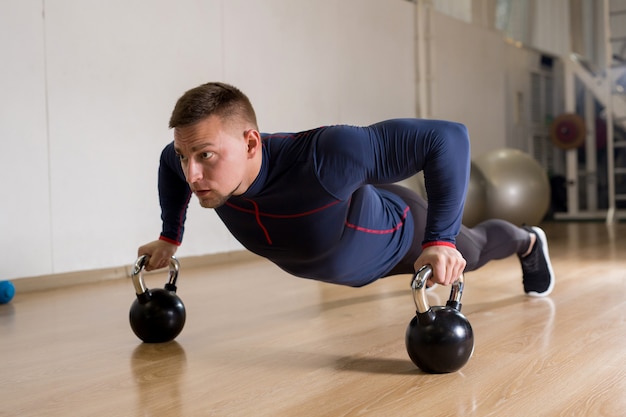
Fitness
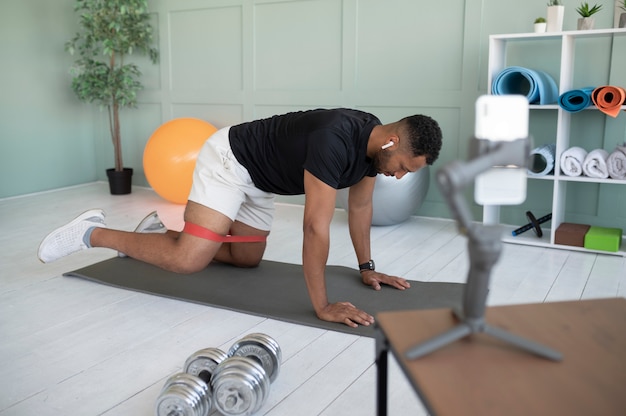
Fitness

Fitness
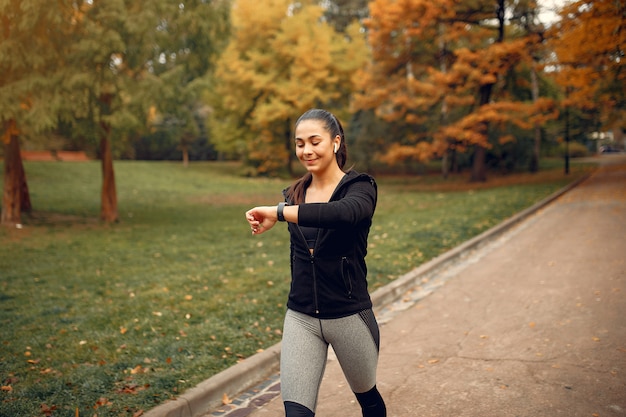
Fitness

Fitness

Wellness
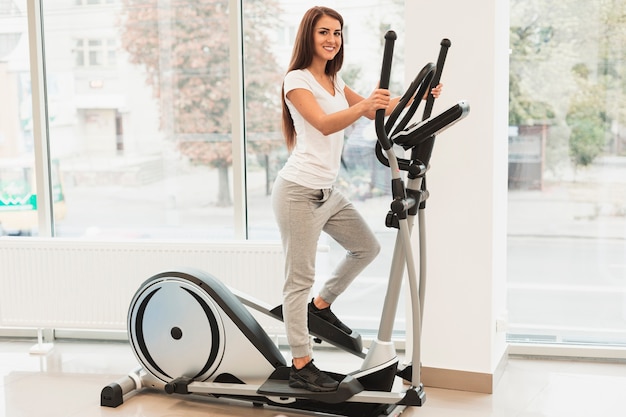
Fitness

Health

Fitness

Health

Health